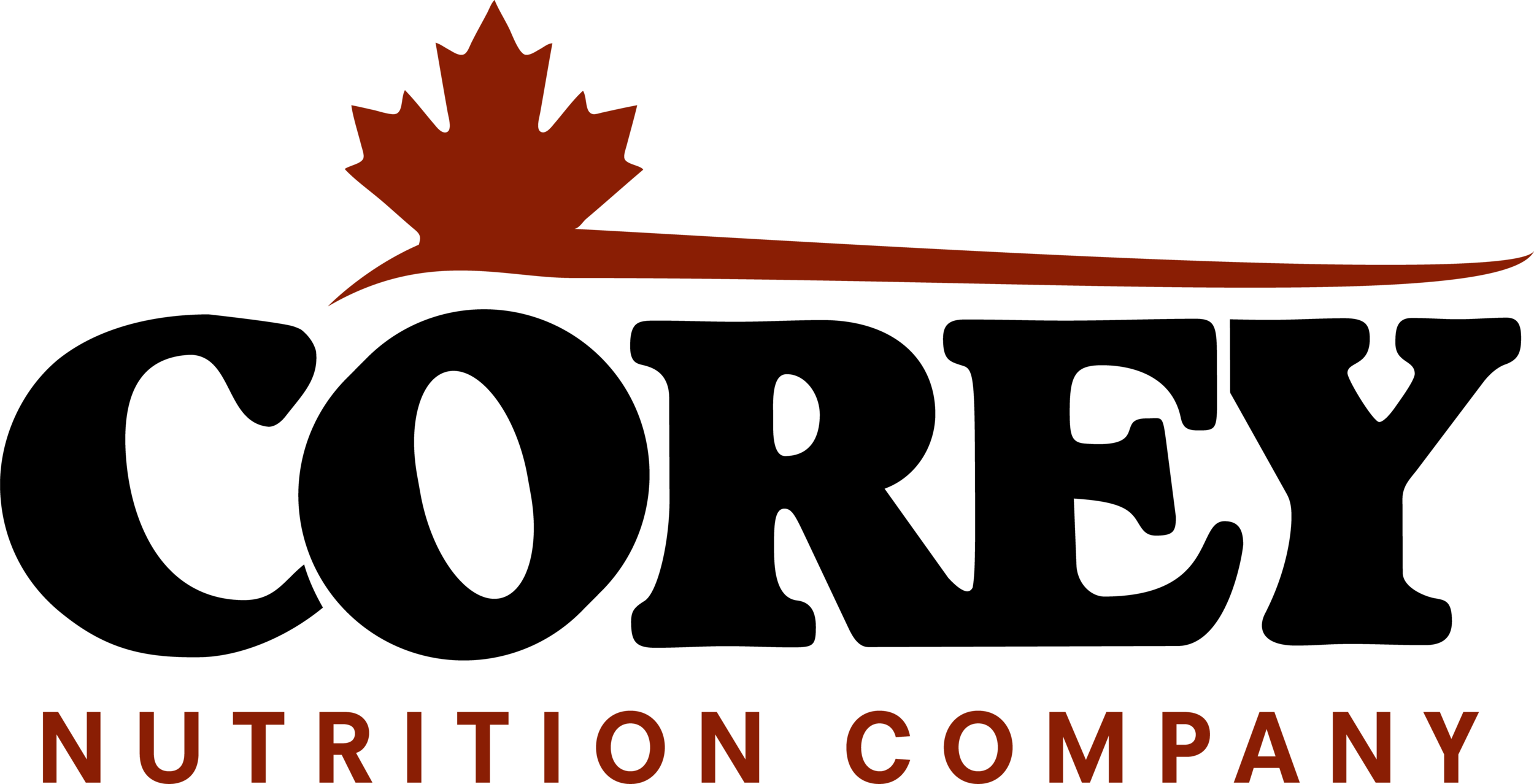PLATINUM PAW MODULE 5
AAFCO Claims
Wording on pet food packaging can make claims as to the benefits of a product. Some of these claims are founded in research; others are acceptable based on certain parameters. To give you an idea of how some of the wording is governed, here are a few examples.
TERMS
The definition of “natural” in the AAFCO 2016 publication is as follows: “a feed ingredient derived solely from plant, animal or mined sources, either in its unprocessed state or having been subjected to physical processing, heat processing, rendering, purification, extraction, hydrolysis, ezymolysis, or fermentation, but not having been produced by or subject to a chemically synthetic process and not containing any additives or processing aids that are chemically synthetic except in amounts as might occur in good manufacturing practices.” If synthetic vitamins and mineral and used, they must state “natural ingredients with added vitamins and minerals.”
Wordy, we know. But is it what you thought it would say? The word natural by AAFCO boils down to being anything from a fresh piece of fruit to a processed piece of fruit, as long is there is no chemicals added.
By AAFCO definition, the term “meat” in an ingredient deck can consist of beef, pork, sheep, goat, or any combination thereof.
CLAIMS
A claim, such as a claim for dental care can also be a tricky thing to understand. Any statement that a food can prevent, treat, or reduce the risks of a disease or condition is considered to be a claim and is not allowed according to AAFCO and the Food and Drug Administration (FDA). Let’s look at a couple of examples:
A company is allowed to have a dental related claim if it states its intention is to “whiten teeth or freshen breath by abrasive action.” As a result, statements like “cleans teeth!” are acceptable, as long as it doesn’t imply there is a clinical method involved.
The same sort of logic applies for statements like “for healthy coat.” As long as the statement doesn’t say it is a treatment nor implies that it is a fix for a malady, it is acceptable to use. If a direct statement is used about a product, such as “prevents gingivitis” it must have been tested, proven and approved.
The term “lite/light” by AAFCO standards implies that the food contains no more than 3100 kcal ME/kg in the formulation. A similar concept exists for the term “lean/less fat,” where a maximum of 9% crude fat in dog food, with a similar reduction for cat.
In order to call a product by ingredient names, the ingredient(s) must comprise 25% of total weight, but each ingredient must make up at least 10% of that weight on its own. There must also be a descriptor after the ingredients. For example “chicken and fish formula” or “turkey and lentil recipe” means there is at least 10% inclusion of both ingredients named, and together they total >25%.
The term “with” implies there is >3% inclusion level in the product. So the title “salmon and potato with asparagus” would mean there is at least 10% salmon, at least 10% potato (must total to >25%) with at least 3% asparagus.
This is a lot to take in, we know. We do not expect everyone to remember these rules, however we do feel they are revealing and informative, and can ultimately help retailers and customers navigate through the vast expanse of pet food products!

